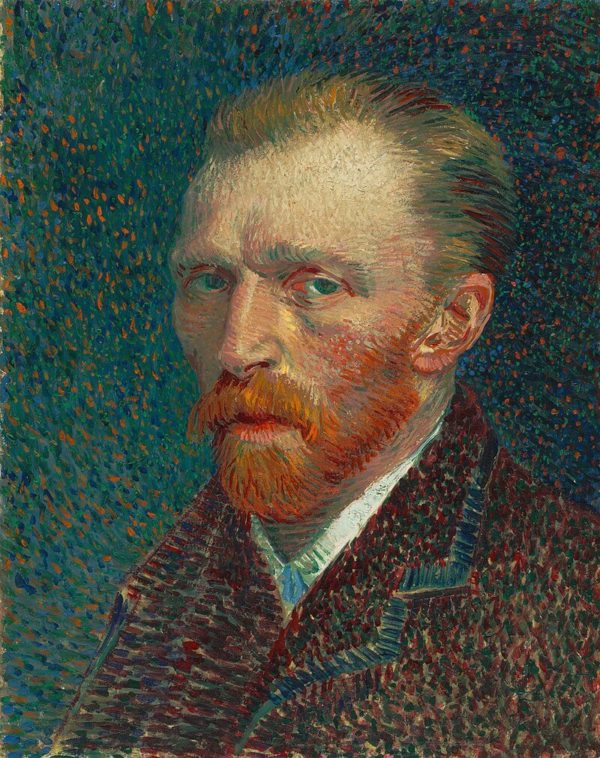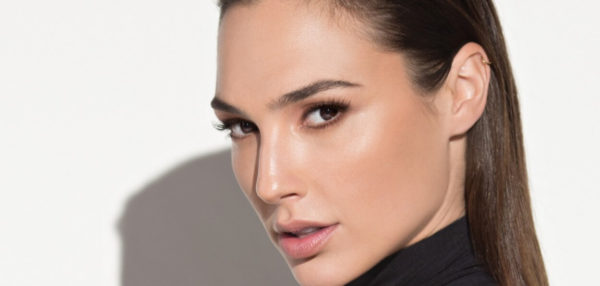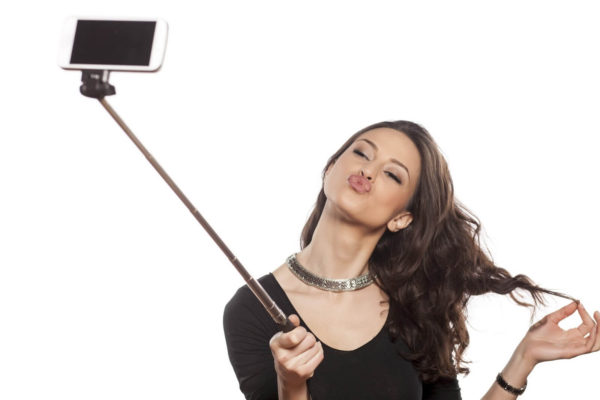Self portraits have long been a way that artists used to give their audience a glimpse of their lives and how they perceive themselves. However, as social media has taken the digital world by storm, a different form of self expression has surfaced—selfies.
Selfies let people share themselves with their friends and peers all at the touch of a button—but the evolution from self portraits to selfies comes with an array of different meanings and connotations than the original art form.
Self Portraits Through Time

Whether through Picasso’s cubism, Monet’s impressionism or Kahlo’s surrealism, artists have always used different mediums for self expression. The concept of self portraits became more mainstream during the Renaissance era of the 15th century—mirrors became more common and artists turning to their own reflections for creative inspiration. For example, “Vanitas with Violin and Glass Ball,” painted in 1625, was Dutch artist Pieter Claesz’s rendering of himself through a distorted reflection. The goal of self portraiture was first thought of as an act of individuality, a new concept during that era. It also soon became an avenue of self scrutiny and an elusive journey for artists in search of themselves.

Artists like Frida Kahlo drew inspiration from juxtaposing elements of her life, such as her Mexican culture and inner turmoil. Her portraits depicted themes tinged with pain, likely a result of a tumultuous childhood and adult life. Regardless of the motive, for centuries artists have capitalized on the opportunity of self portraiture to mix their artistic abilities with a complexly colored inner psyche.
Modern Day Selfie Culture

Today, in the age of cell phones, social media and front facing cameras, not surprisingly, selfies have become the main way for people to reaffirm their worth in modern culture. Helped by filters and captions, people have full control over how others perceive them. The added bonus of likes and comments gives selfie takers the positive reinforcement they must make themselves feel good.

Constant selfie-taking keeps people more conscious of their appearance, and allows them to share images of themselves that document where they’ve been and what they’ve accomplished.
Self Portraits vs. Selfies

While self portraits have not vanished from the artistic world, selfies have become an easier and faster way for anyone to share a photo of themselves in their current state. Digital updates far exceed the speed of a portrait, which may take months to see the light of day. Selfies also open the concept of artistic expression to anyone with a knack for finding good lighting and a flattering angle—a skill far more attainable than that of an artist’s painstaking brush strokes and years of practice.

However, the difference reaches far beyond what is visible in either photo or painting —selfies have become, not about how we see ourselves, but how we want others to see us. The temptation of perfection has painted over human vulnerability and has replaced the statement, “This is who I am,” with, “This is who I want you to see.” Times have changed, and with them come new ideas. People are experimenting with new levels of self expression and they use selfies to do so, a phenomenon that may just have become a new art form.









